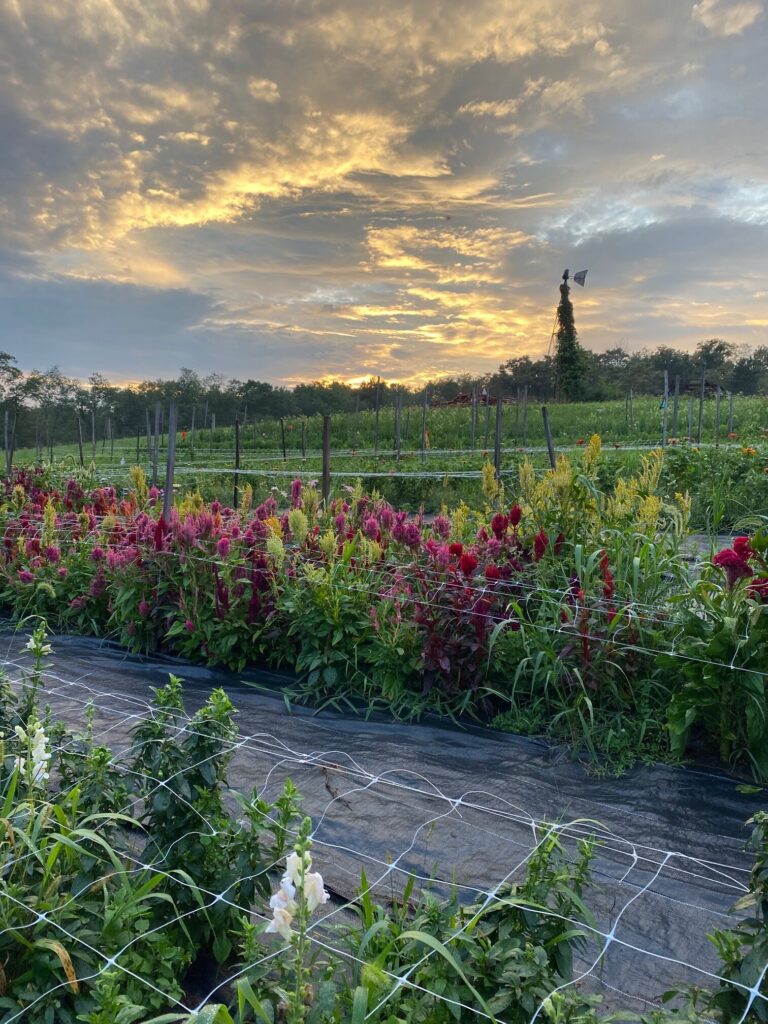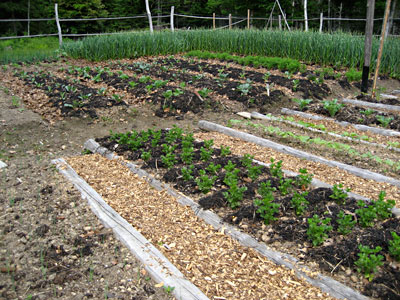Discover Important Tips for Effective Horticulture Techniques and Practices
Gardening, commonly viewed as a straightforward leisure activity, includes a series of techniques and practices that can dramatically affect the outcome of your efforts. By focusing on crucial components such as soil wellness, effective sprinkling techniques, and proper plant choice, garden enthusiasts can create a thriving ecological community that supports vivid growth. Furthermore, recognizing the subtleties of pest administration and seasonal maintenance can even more boost productivity. Numerous enthusiasts neglect crucial details that can make or damage their horticulture success-- checking out these ignored elements may reveal the trick to growing a growing garden.
Understanding Dirt Health
Dirt health and wellness is a basic element of successful horticulture, as it directly affects plant development, vitamins and mineral accessibility, and environment equilibrium. Healthy and balanced soil is defined by a rich biodiversity of microorganisms, raw material, and a balanced pH degree, which with each other produce an atmosphere favorable to plant advancement.
To understand soil wellness, one need to consider its physical, chemical, and organic residential or commercial properties. The appearance and structure of dirt impact its capacity to keep wetness and nutrients, while the chemical make-up identifies the schedule of important aspects like nitrogen, phosphorus, and potassium. Routine dirt screening is essential to examine these variables, allowing gardeners to make educated choices regarding plant foods and changes.
Additionally, promoting organic task within the soil is essential for preserving its wellness. Practices such as composting, plant rotation, and using cover crops can enhance microbial diversity, enhance nutrient biking, and minimize dirt disintegration. By focusing on dirt wellness, garden enthusiasts not just maximize plant development yet also contribute to a sustainable community, guaranteeing that their gardening methods are ecologically accountable and durable gradually.
Efficient Watering Techniques
Guaranteeing that plants obtain the appropriate amount of water is vital for their health and development, specifically when paired with a strong foundation of soil wellness (Homestead Gardening). Reliable sprinkling methods can substantially affect plant vitality, lowering water wastefulness and advertising optimal development
One essential approach is deep watering, which motivates origins to expand deeper right into the soil, boosting drought resistance. This technique normally entails watering much less often but in bigger quantities, permitting moisture to pass through the origin zone extensively. Timing is likewise essential; morning is the optimal time to water, as it minimizes evaporation and permits foliage to dry during the day, lowering illness risks.
Furthermore, employing compost can assist maintain soil wetness and manage temperature level, further aiding reliable sprinkling practices. Utilizing a drip irrigation system can additionally supply targeted dampness directly to the roots, guaranteeing that water gets to where it's most required while conserving sources.
Monitoring rainfall and dirt dampness levels can direct changes in your watering schedule, making certain plants receive constant hydration without over-saturation. By embracing these reliable sprinkling techniques, gardeners can promote a growing atmosphere for their plants to prosper.
Plant Selection and Placement
Exactly how can the ideal plant option and critical placement transform a garden into a growing ecological community? The harmony in between plant varieties and their placement is essential for producing a lively yard. When choosing plants, take into consideration variables such as environment, soil kind, and sunshine direct exposure. Indigenous varieties are often the most effective choice as they are adapted to local conditions and require less upkeep.
Strategic positioning entails setting up plants according to their growth routines and requirements. Taller plants should be placed at the rear of borders to stop shading much shorter plants. Furthermore, grouping plants with comparable water and light needs can improve their growth and reduce competitors for resources.
Incorporating a variety of plants not just adds visual charm yet additionally advertises biodiversity, drawing in advantageous pests and pollinators. Think about the seasonal changes in your yard; choose a mix of annuals, perennials, and evergreens to ensure year-round rate of interest.
Lastly, bear in mind to evaluate the fully grown size of plants prior to planting to stay clear of overcrowding and make certain appropriate air circulation. Thoughtful plant choice and strategic positioning create an unified environment, enabling your yard to thrive while decreasing difficulties.
Parasite and Disease Administration
Effective bug and disease administration is essential for preserving a healthy and balanced garden environment - Homestead Gardening. An aggressive method, incorporating social, biological, and chemical approaches, can considerably minimize the influence of insects and illness on your plants

Organic controls, such as introducing advantageous insects like ladybugs or aggressive termites, can keep insect populaces in check without hurting the setting. In addition, keeping plant health through proper watering, fertilization, and pruning visit here will bolster their resilience against diseases.
When intervention is required, choose targeted chemical treatments, guaranteeing to comply with application guidelines to reduce harm to non-target organisms. Always focus on lasting methods, as they advertise lasting yard wellness and ecological balance. By you can try these out integrating these approaches, garden enthusiasts can effectively take care of conditions and pests, making sure growing plants and an effective yard.

Seasonal Maintenance Practices
In springtime, focus on dirt prep work by testing pH degrees and adding essential changes. Frequently inspect arising plants for illness and pests.
As summertime techniques, make sure sufficient watering while monitoring for indications of stress or illness. Trim back disordered plants to encourage air blood circulation and decrease moisture around foliage. This technique not only improves plant health however also promotes blooming and fruiting.
With the arrival of autumn, it's time to get ready for winter. Clean up dropped leaves and debris to stop insect problems, and consider planting cover plants to enrich soil health and wellness. This period is also excellent for dividing perennials and planting spring-flowering light bulbs.
Conclusion
Successful gardening joints on the integration of sound methods in dirt wellness, watering, plant selection, insect monitoring, and seasonal upkeep. By prioritizing soil testing and microbial diversity, using effective watering techniques, and choosing ideal plants, gardeners can create flourishing environments. In addition, aggressive parasite management and diligent seasonal upkeep contribute substantially to total yard vigor. Welcoming these strategies cultivates a effective and lasting horticulture setting, ensuring flourishing development and resilience throughout the changing seasons.
By focusing on crucial aspects such as soil health, reliable sprinkling methods, and suitable plant selection, garden enthusiasts can produce a flourishing community that sustains lively development. By prioritizing dirt health and wellness, gardeners not just important source enhance plant growth yet likewise contribute to a lasting environment, guaranteeing that their horticulture methods are environmentally liable and durable over time.
Taller plants need to be positioned at the back of boundaries to stop shading much shorter plants. Clean up dropped leaves and debris to protect against insect problems, and consider growing cover crops to enhance soil health and wellness.Successful gardening hinges on the assimilation of sound techniques in soil wellness, watering, plant selection, bug management, and seasonal upkeep.